A Guide to SSR, CSR, SSG and ISR
 Madhu Saini
Madhu Saini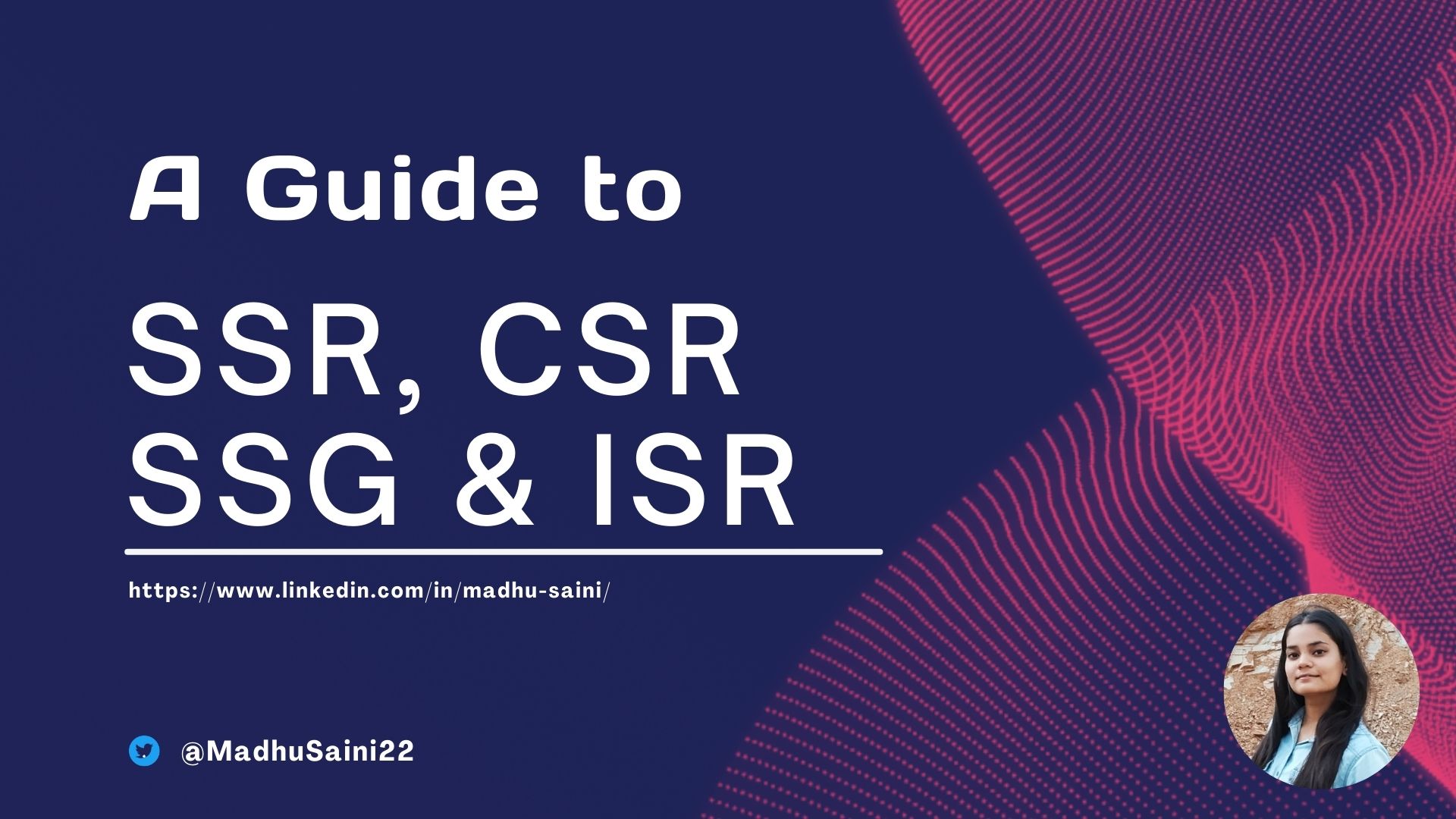
In the world of web development, there's a multitude of acronyms floating around, making it easy to feel lost in a sea of alphabet soup. Four terms you may have come across are SSR, CSR, SSG, and ISR. But what do they mean, and when should you use each one? Let's break it down in simple terms with examples and images to help demystify these concepts.
So, in this blog post, we will learn what SSR, CSR, SSG and ISR stand for and the differences between them. We will also learn when you should use each option.
Server-Side Rendering (SSR)
What is SSR? Server-Side Rendering (SSR) is a technique where web pages are generated on the server and then sent to the client's browser. In simpler terms, the server processes the request, builds the HTML for the page, and sends a fully rendered page to the user's browser.
When to Use SSR? SSR is useful when you want your web pages to be indexed by search engines effectively and ensure faster initial page load times. It's beneficial for content-heavy websites and applications.
Example: Imagine you're browsing an e-commerce site. When you click on a product, the server fetches all the necessary data, including product details and images, and generates an HTML page. This HTML page is then sent to your browser for display.
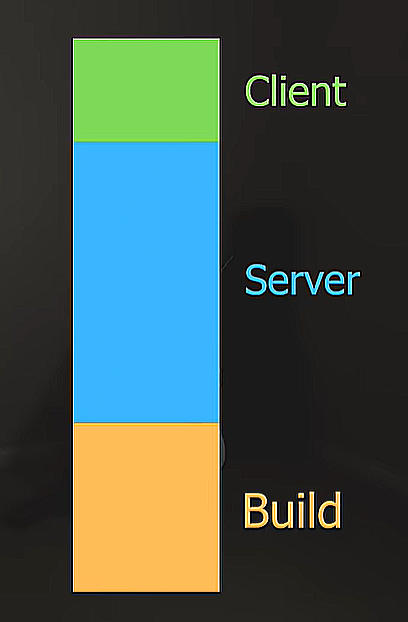
Client-Side Rendering (CSR)
What is CSR? Client-Side Rendering (CSR) is the opposite of SSR. With CSR, the server sends a bare-bones HTML document to the client, and then JavaScript running in the browser fetches data and generates the page's content dynamically.
When to Use CSR? CSR is great for web applications that require a high level of interactivity and real-time updates. It's commonly used in single-page applications (SPAs) where content changes frequently without reloading the entire page.
Example: Consider a social media feed. When you scroll through your feed, new posts are loaded dynamically without refreshing the entire page. JavaScript requests data from the server and updates the content on the fly.
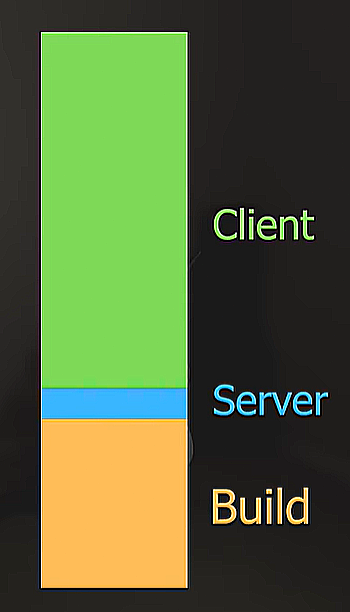
Static Site Generation (SSG)
What is SSG? Static Site Generation (SSG) involves pre-building the entire website at build time. The content is generated into HTML files, which are served to the client upon request. There's no need for server-side processing for each request.
When to Use SSG? SSG is suitable for websites with relatively stable content that doesn't change frequently. It offers excellent performance and security benefits, especially for blogs, documentation sites, and landing pages.
Example: Let's say you have a blog. When you create a new blog post, the entire site is rebuilt, including the new post. Each post becomes a static HTML file. When a user visits your blog, they receive pre-built HTML files without any server processing.
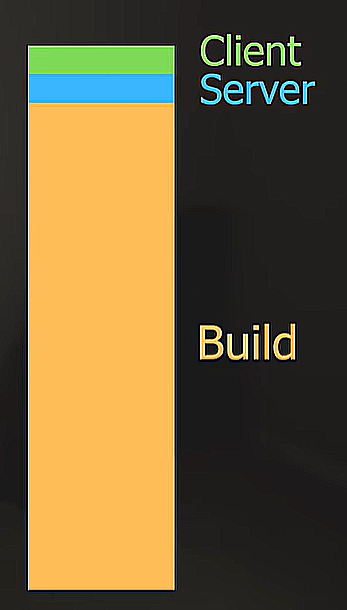
Incremental Static Regeneration (ISR)
What is ISR? Incremental Static Regeneration (ISR) is a hybrid approach that combines the benefits of SSR and SSG. It allows you to update static content dynamically without rebuilding the entire site. New content is generated at request time but cached for subsequent visits.
When to Use ISR? ISR is ideal for websites that need to balance real-time updates with performance. It's particularly useful for content that changes frequently but doesn't require immediate updates for all users.
Example: Think of an e-commerce site with product availability. When a product goes out of stock, the server dynamically regenerates the product page with updated availability information. Subsequent users see the updated content without waiting for a full rebuild.
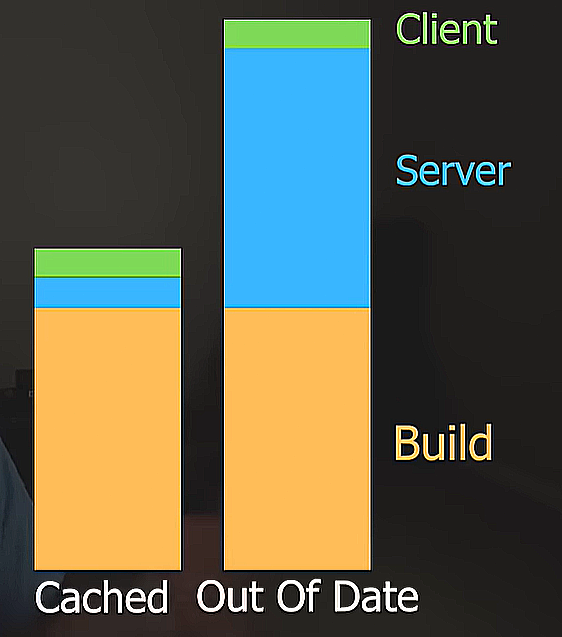
When to use SSR, CSR, SSG and ISR
Use SSR if you need a fast initial load time and good SEO (Search Engine Optimization). SSR is also a good option if you have a lot of dynamic content on your website.
Use CSR if you want to build a simple website quickly and easily. CSR is also a good option if you have a lot of user interaction on your website.
Use SSG if you need a very fast website with good performance. SSG is a good option for websites that have mostly static content.
Use ISR if you have a website that has a mix of static and dynamic content. ISR is a good option for websites that need to be fast but also need to have up-to-date content.
Here is a table that summarizes the pros and cons of each option:
| Option | Pros | Cons |
| SSR | Fast initial load time, good SEO | More work on the server-side |
| CSR | Simple to set up, good for user interaction | Can be slow for initial load |
| SSG | Very fast, good performance | Not ideal for dynamic content |
| ISR | Good for mixed static and dynamic content | Can be more complex to set up |
Conclusion
Understanding SSR, CSR, SSG, and ISR is crucial for making informed decisions when developing web applications. Each approach has its strengths and weaknesses, and choosing the right one depends on your project requirements.
SSR offers SEO benefits and faster initial load times.
CSR provides interactivity and real-time updates for dynamic web applications.
SSG ensures excellent performance and security for content-stable websites.
ISR combines the best of both SSR and SSG, allowing for dynamic updates without sacrificing performance.
To read more about tech, web development & open source, you can follow me on Hashnode and Twitter (@MadhuSaini22) and If this blog helped you in any way then you can sponsor my work and show love and support.
Thank you so much for reading! 👩💻
Subscribe to my newsletter
Read articles from Madhu Saini directly inside your inbox. Subscribe to the newsletter, and don't miss out.
Written by

Madhu Saini
Madhu Saini
I’m Madhu Saini, an Open-Source Enthusiast, Full Stack Developer and a learner from India. I love helping people and promoting Open Source. I create content on JavaScript Web Development Public Speaking GitHub Open Source